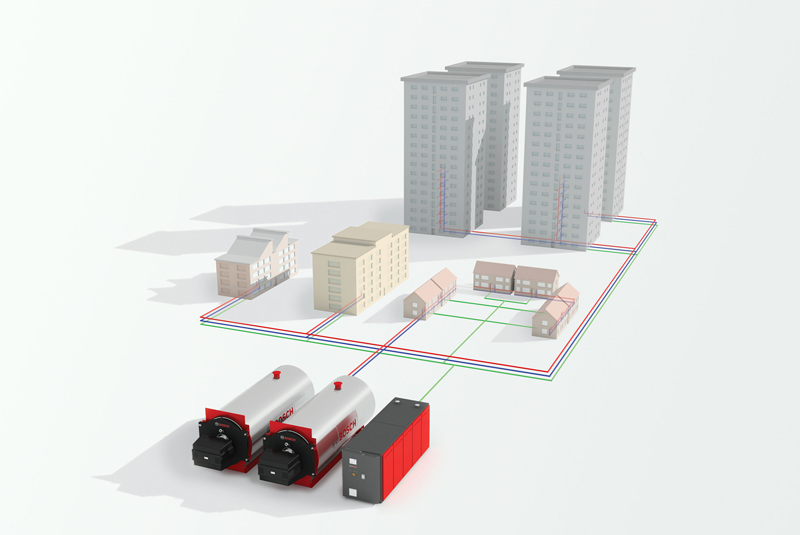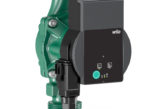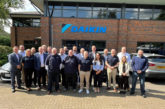
With the anticipated growth in UK heat networks, Bosch Commercial and Industrial has announced it has published a new guide.
The guide is aimed at encouraging those investing in heat networks to ensure that the design works for the end-consumer.
By 2030, 8 million customers are reportedly expected to receive their heat through a heat network. ‘District heating design: Putting users first’, which is available for free via the Institute of Engineering & Technology, urges investors and developers to consider the needs of the end-users within this growing market from the outset.
Heat networks, when well-designed, are said to be capable of alleviating fuel poverty by reducing the end-user’s energy bills, while also cutting carbon emissions. The latest research from the Department of Business, Energy and Industrial Strategy (BEIS) revealed that heat network customers paid on average, £100 less for their heating and hot water per year.
With such critical savings for the end-consumer, BEIS have launched the ‘Heat Networks Investment Project’ (HNIP). HNIP will provide capital funding of £320 million towards the commercialisation and construction of eligible heat network projects to further reduce consumers’ energy bills and demonstrate to the investment community that heat networks are a viable investment proposition in the UK.
Pete Mills, Technical Operations Manager at Bosch Commercial and Industrial, who helped author the guide, said: “Heat networks offer a significant opportunity for developers, landlords and building operators to drive-down the cost of the fuel used by tenants. This keeps costs low for the end-user and has the positive impact of lowering carbon emissions.
“BEIS’ decision to provide considerable capital grants and loans towards heat network construction will provide further impetus to developers to take serious steps in developing the heat network market.”
Following a foreword from Dr Tim Rotheray, Director at The Association for Decentralised Energy (ADE), the guide provides eight design considerations such as, avoiding oversized and inappropriate boilers and the importance of thermal storage, to be used to complement CIBSE’s and ADE’s CP1 Heat Networks: Code of Practice.
Pete concluded: “By focusing on the end-user’s requirements developers can ensure that they construct a district heating network that plays its role in the low-carbon future of the UK’s energy infrastructure while impacting favourably on the energy costs of the final user.
“The final-users’ needs must be the driving force behind the design of the heat network. An end-user led design philosophy will serve developers, investors and consumers well as we move into a period of growth within the heat network market.”
To download a copy of ‘District heating design: Putting users first’, click here.













